|
www.HearingDirectory.ca |
Hearing loss in children
By Cara Jelinek, Aud (C), Reg. CASLPO, Audiologist and Clinic Manager, and Shantelle Shakes, BA (Hons)., Hearing Health Information Coordinator, Hearing Directory Last updated on: July 19th, 2024 Without treatment, hearing loss in children can cause language and speech delays. Fortunately, numerous treatment options exist. Table of contents
Early hearing loss detection is crucial for a child's healthy development. Along with regular screenings, there are many hearing milestones that parents can monitor as their baby grows. It is important to identify hearing loss early in life because, left untreated, hearing loss in children can:
If you have concerns about your child’s hearing, make an appointment with their doctor. Your child's pediatrician may recommend an evaluation with a specialist, such as an audiologist or an ear, nose and throat (ENT) doctor. You also may get a referral for a speech-language pathologist (SLP). Some hearing clinics are not staffed with hearing professionals qualified to test children. Clinics that do offer hearing tests for children often charge a fee. This fee can range from $65 - $120. If you would like to speak to a hearing professional about your child's hearing, browse our directory for a pediatric audiologist near you or other hearing professional that offers hearing care for children.
The newborn hearing screening processHearing loss can be tricky to detect, especially in babies. Most newborns have a hearing loss screening at birth, but some babies may not show signs until later. Hearing screening programs generally screen newborns by one month of age. Doctors then confirm diagnosis by three months, and start treatment at or around six months. More populated provinces like Ontario and British Columbia have comprehensive hearing screening programs. Find a hearing screening program near you for more information on the program in your region. Steps in newborn hearing screeningThe screening program is usually a two-step procedure. Fortunately, it is harmless and non-invasive: 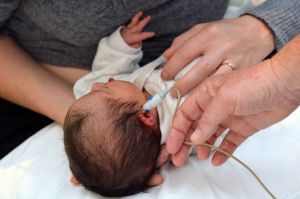
still be born with hearing loss, newborn hearing screenings are common. 1. Measuring otoacoustic emissionsPediatric audiologists begin newborn hearing screenings by measuring the baby's otoacoustic emissions (OAE), a painless and non-invasive test. Otoacoustic emissions are soft sounds reverberated from the cochlea in response to an external sound. If your baby has hearing loss, he or she will not produce OAEs. A small probe is placed in your newborn's ear. The probe emits a sound to stimulate the cochlea. It then measures the emissions from the inner ear. If your baby does not pass the OAE screening, the next step is to have an auditory brainstem response (ABR) test. 2. Auditory brainstem response testIn contrast to the OAE test, the ABR evaluates the whole auditory system from the outer ear to the brainstem using electrodes placed on the head. This test is also painless; a newborn may even sleep through it. If your baby's electrode reaction shows signs of hearing loss, hearing loss treatment may be recommended. This early intervention provides a much better outcome for your child's language development.
Causes of hearing loss in childrenCongenital hearing loss is detectable at birth. Other types of hearing loss may develop at a later point in life. A cause can't always be determined. Risk factors and causes include:
Types of hearing loss
Hearing loss comes in many variations. It can range from mild to severe, and can be in one ear or both. Some children can't hear high-pitched sounds, and some can't hear lower-pitched sounds. Some hearing loss cases are reversible, while others can be treated to slow the rate of decline. There are two main types of hearing loss: Sensorineural hearing lossSensorineural refers to the tiny sensory cells within the inner ear and the auditory nervous system in the brain. Hearing loss in this area, due to damage or malfunction, is usually permanent. Treatment can include hearing aids or cochlear implants. One common example: Noise-induced hearing loss. This type of hearing loss is growing among children due to using headphones with the volume set too high for too long. Sometimes kids (and teens) listen above a safe listening level for a more immersive experience. They may also turn up the volume to drown out louder background noise.This hearing loss can be so gradual that a listener may not notice. Instead, he or she may continue to increase the volume as his or her hearing declines, exacerbating the problem. Conductive hearing lossConductive refers to problems with the ear canal, ear drum, or middle ear cavity or bones. This hearing loss can be temporary and sometimes corrected with surgery. A child can have one or both types of hearing loss; when they have both, it's known as mixed hearing loss. Learn more about the different types of hearing loss.
Symptoms of hearing loss in childrenBeyond the milestones mentioned above, there are other things to look out for as your child gets older. Your child may have hearing loss if she or he:
Your baby's hearing milestones
From birth to 15 months, your baby may have achieved the following hearing milestones: By 3 months
3 to 6 months
6 to 10 months
10 to 15 months
15 to 18 months
18 to 24 months
24 to 36 months
This is not a comprehensive list of milestones. Please consult a healthcare provider if you have any concerns about your child’s hearing.
Sensorineural hearing loss treatmentMany cases of sensorineural hearing loss can be treated with hearing aids. This is also the case for children with hearing loss. These devices are custom-fit to a child's unique pattern of hearing loss. TreatmentPediatric hearing aids are like adult hearing aids, but have added features:
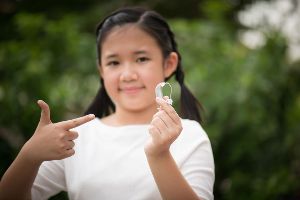
hearing aids, and other devices. You do not need to replace your child's hearing aids when they have a growth spurt. Your child may wear a behind-the-ear (BTE) device that delivers sound into the ear via earmolds. As your child grows, he or she will need new earmolds but if the device itself is in good shape, the main part won't need frequent replacement. Still, the hearing aids will likely need periodic updates or adjustments. Hearing aid care and maintenanceMost hearing aids will give an audible indicator when the batteries need changing. But a child may not hear it or remember to tell you. Parents and caregivers will need to perform listening checks on the hearing aids. Your hearing professional may give you a device known as a hearing aid stethoset to do this. Pediatric hearing aids also have lights on the back of the BTE devices that signal a low battery. Some hearing aids are rechargeable and can be docked overnight for recharging. Paying for hearing aidsFor the most part, Canada's health system subsidizes hearing aids for children. Check with your child's hearing care provider for up-to-date information on what's covered. You can also visit our hearing aid financial assistance page for more information. Cochlear implants and bone-anchored hearing systems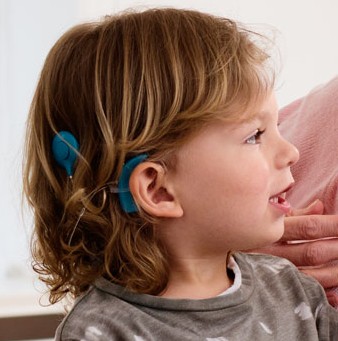
Some children will need cochlear implants or bone-anchored hearing systems instead. Both are surgically implanted. They can be life-changing for children with severe to profound hearing loss. Read more: Cochlear implants and bone-anchored hearing solutions Accessibility in schools for children with hearing lossIs your school required to help accommodate your child in the classroom? This varies widely by province, as well as by school boards. Some school boards may have educational audiologists on staff and some may not. The more populated provinces tend to have more services. Your child's teacher and hearing care provider can help you navigate your child's rights at school. VOICE for Children who are Deaf and Hard of Hearing is also a helpful resource. Assistive listening devices for the classroomFor complicated listening situations, assistive listening devices (ALDs) can be a huge help. Hearing aids may not be enough when there is a lot of background noise drowning out the teacher's voice. For many children, a classroom or personal FM/DM system may be recommended. These systems use a transmitter in the classroom that can be worn by the teacher. A receiver is also attached to the child’s hearing aid. Some hearing aids also have a built-in FM receiver. This decreases the size of the device, making it more cosmetically appealing for kids. There is help for children with hearing loss and support for their parents. Early detection can help you and your child get this care and support sooner. Speak to your child's doctor or a licensed hearing professional for more information. Sources:- Paediatrics & Child Health. "Noise-induced hearing loss in children: A 'less than silent' environmental danger." https://www.ncbi.nlm.nih.gov/pmc/articles/PMC2532893/ - Paediatrics & Child Health. "Universal newborn hearing screening." https://academic.oup.com/pch/article/16/5/301/2683089?searchresult=1 - Paediatrics Child Health. "Vision and hearing screening in school settings: Reducing barriers to children's achievement." https://www.ncbi.nlm.nih.gov/pmc/articles/PMC3114988/ - Western News. "Western prof analyzes infant hearing health care." https://news.westernu.ca/2024/05/early-hearing-detection-intervention/ Cara Jelinek, Audiologist and Clinic ManagerContributing author Cara Jelinek graduated with a master’s degree in audiology from the University of Western Ontario in 2003. She has over 15 years of clinical experience assessing and treating both adult and pediatric populations as well as actively participating in and leading community outreach, teaching and clinical management. Cara finds the variety and pace fulfilling and enjoys working with the public. She is also an active volunteer and coach in her local community. Shantelle Shakes, BA (Hons)., Hearing Health Information Coordinator, Hearing Directory
You are reading about: Related topics
More information about hearing aids. Featured clinics near me
Schedule a hearing test with Healthy Hearing. Find a clinicThe Healthy Hearing Report |
|
www.HearingDirectory.ca |
Hearing loss in children
By Cara Jelinek, Aud (C), Reg. CASLPO, Audiologist and Clinic Manager, and Shantelle Shakes, BA (Hons)., Hearing Health Information Coordinator, Hearing Directory Last updated on: July 19th, 2024 Without treatment, hearing loss in children can cause language and speech delays. Fortunately, numerous treatment options exist. |
 Are you located in the United States?
Are you located in the United States?

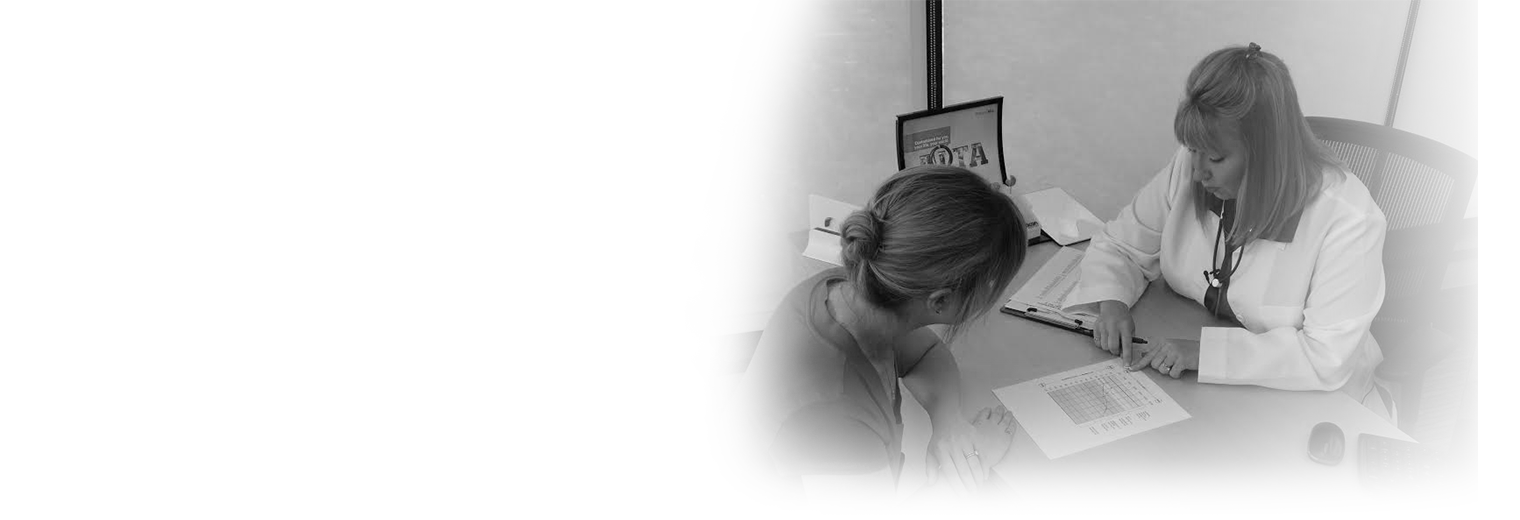
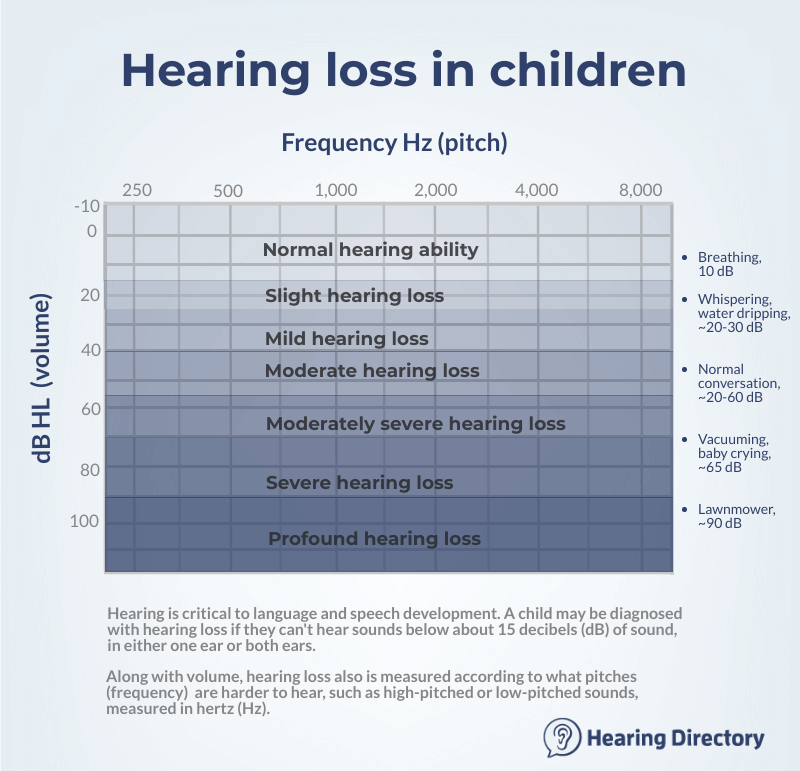
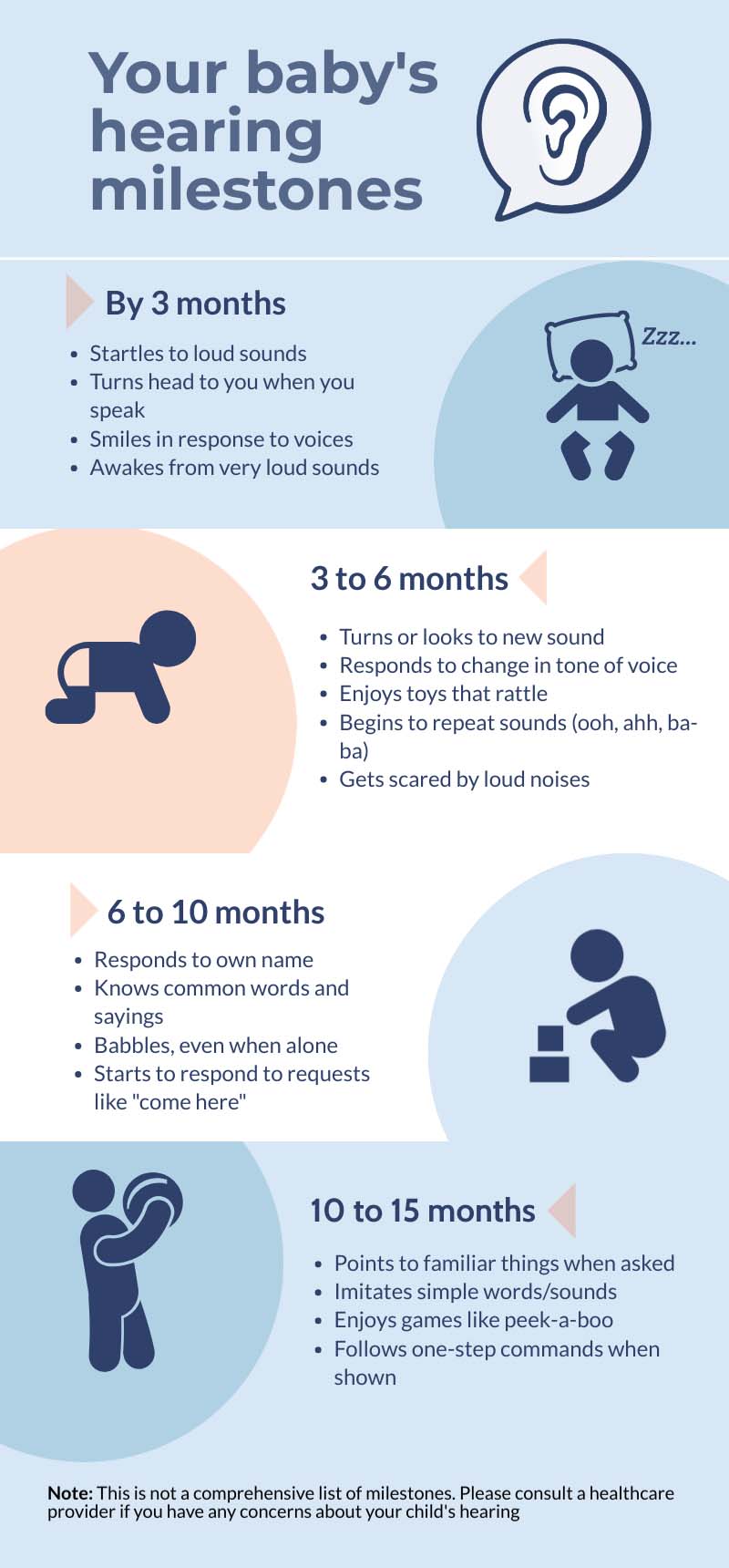
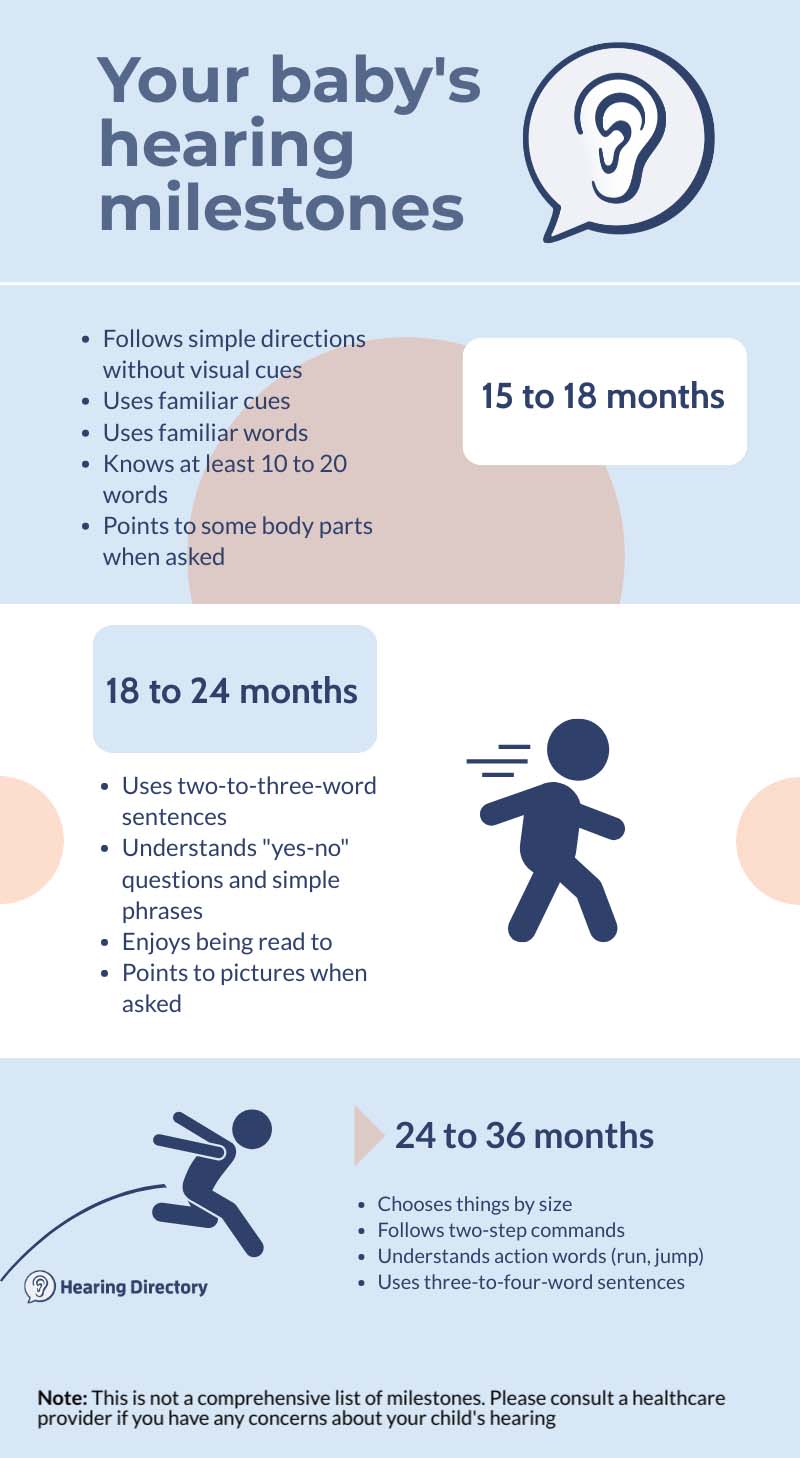
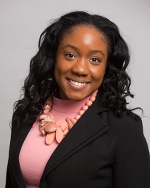 Shantelle Shakes is the hearing health information coordinator for Hearing Directory. She has over ten years of experience in the health industry, with nine of those years in hearing healthcare. After graduating from York University with an honours BA in professional writing, minor in creative writing, Shantelle began her marketing career with a major hearing healthcare provider. Through a variety of roles within that company, Shantelle gained a thorough understanding of hearing health and the client experience. She aims to use her knowledge of the industry as well as her communications background to help others understand their hearing and connect with the hearing care they need.
Shantelle Shakes is the hearing health information coordinator for Hearing Directory. She has over ten years of experience in the health industry, with nine of those years in hearing healthcare. After graduating from York University with an honours BA in professional writing, minor in creative writing, Shantelle began her marketing career with a major hearing healthcare provider. Through a variety of roles within that company, Shantelle gained a thorough understanding of hearing health and the client experience. She aims to use her knowledge of the industry as well as her communications background to help others understand their hearing and connect with the hearing care they need.